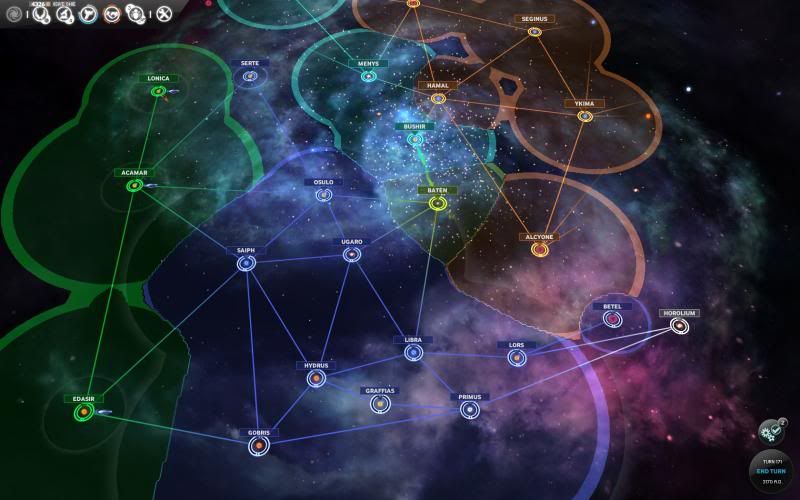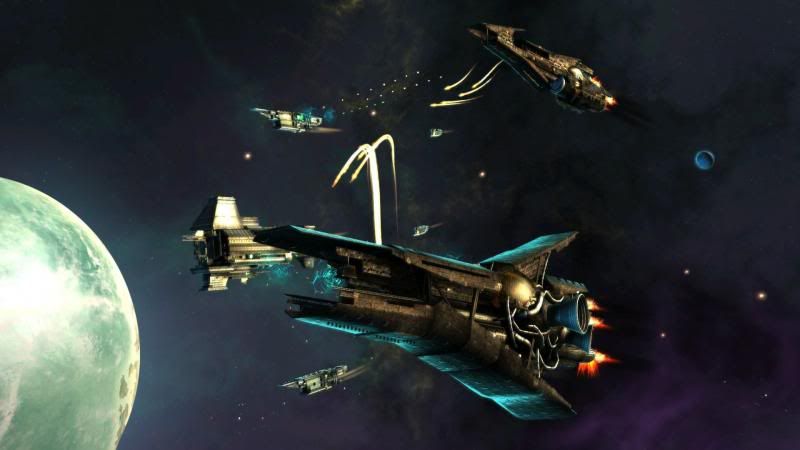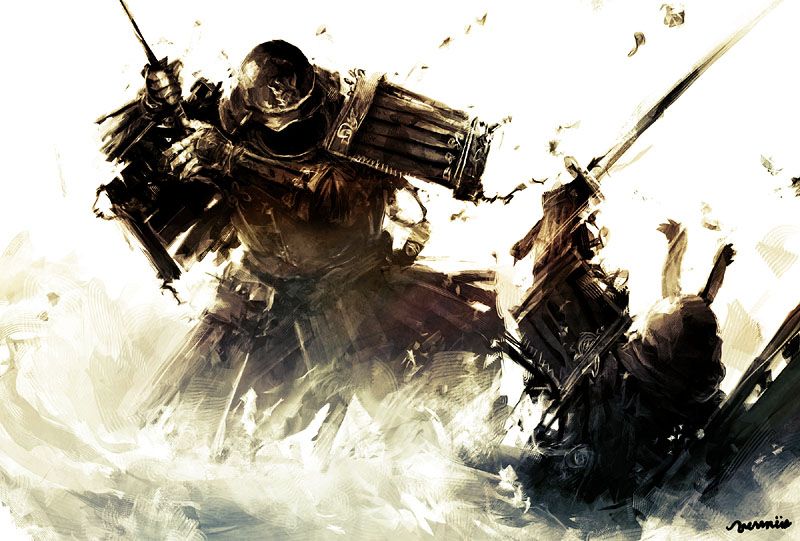Board games come in all shapes and sizes, and run the gamut from frenetic, brief bursts of simple gameplay, like Escape! The Curse of the Temple, to day-long brain-burning grand strategy experiences, such as Twilight Imperium. Some games, however, manage the tricky feat of being both easy to learn and play, and deep in terms of strategy and puzzle-like challenge. One such game is Splendor, a contender for this year’s prestigious “Spiel des Jahres” (game of the year) award in Germany.

Set during the Renaissance, Splendor casts its players as gem merchants, using the glittering resources to build and expand their holdings. Some of these properties do little more than feed more gems into one’s pockets, while others earn the merchant prestige. Famous figures will also watch the proceedings, lending their support to merchants who play into their interests. Merchants are, of course, too refined to degenerate into violence, but that does not mean that the competition for holdings is not excessively cutthroat. You have to be smart, fast, and ruthless to earn the right combination of holdings to earn the most prestige.
The holdings are displayed on cards in a tableau available to all players, arrayed in ranks from one to three. First-tier holdings are simple mines that offer no prestige but are very cheap, and provided permanent discounts to future purposes. Second-tier holdings are pricier but offer prestige along with their discounts, and top-tier cards are pulverizingly costly but bring in tons of points. The aforementioned famous figures each display a given number of holdings in certain colors, and the first player to reach that number of holdings earns the figure’s prestige. On your turn, you can pick up a diverse number of gems, double down on a single color, purchase a holding, or reserve a holding by picking up a single ‘wild’ gem. The purchase of holdings is facilitated with thick plastic chips, each representing a different kind of gem. The number of chips is limited, and once they’re gone, they’re gone, at least until a merchant buys a holding.

The bank of gems: source of and solution to all your problems.
A good board game does not base its core gameplay around randomization, but uses randomization as part of its setup to increase replay value. The decks of holdings are shuffled, and the patrons selected at random, before the game even begins, so the tableau presented to players is always different. The challenge, however, is always the same: how can you use the limited resources available to grab the cards you need before someone else does? Splendor‘s presentation, in addition to being beautiful, always challenges its players. There are multiple ways to carve a path to victory, with some players trying to go wide in their holdings’ diversity while others opt for vertical collections of deep discounts to rush towards high-prestige rewards. Players bounce off of the tableau as well as each other in their quest for victory, and the game manages to combine the tension of competition with the intellectual challenge of puzzle-solving.
In addition to its rock-solid gameplay, Splendor is simply pretty to look at. The art of the holdings is very attractive, their color palettes informing the gems required to pick them up. In addition, the gems themselves are weighty, large chips that clack and clatters as they move from their stacks to players’ positions and back again. It lends the game an almost poker-like feel as players study the tableau the way professional gamblers study the spread of cards at a Texas Hold-‘Em tournament. For all of its relatively simple design and easy-to-explain rules, Splendor provides not only a challenging gameplay experience, but a lovely one.

The holdings are just gorgeous.
The Spiel des Jahres award is one of the highest in all of gaming. To qualify for it, a game has to be challenging and interactive but also straightforward enough that anybody can play it. Splendor hits all of the right notes: its concept lends itself to diversified gameplay, its rules are clear and simple, the layout is fantastic, and the design is nearly flawless. Even if it doesn’t win the award, it definitely deserves a place in your collection. In a world of heaving shelves full of wargaming and sci-fi miniatures, and massive boxes teeming with monsters to slay, games like this may seem simplistic and easy to overlook, but a game this attractive, this challenging, and this rewarding is truly a sight to behold. I can’t recommend it highly enough.






